I had made my pact with its passing on and now it was for me part of the painting.
The death of a painting no longer drives me to despair.
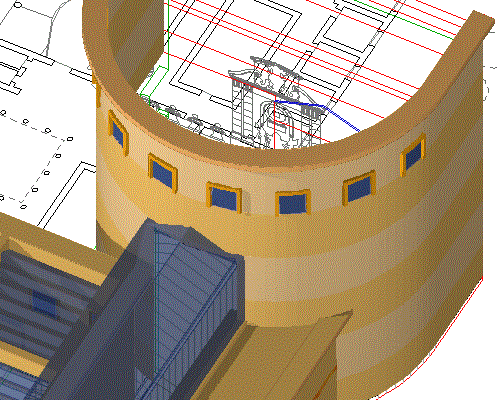
Humidity creates mould, the work falls to pieces, it dies.
The sun and heat produce blisters, disintegrate the paper, crack the paint, disintegrating it.
Light wastes the colors.
Dust and insects are also efficient in destruction.
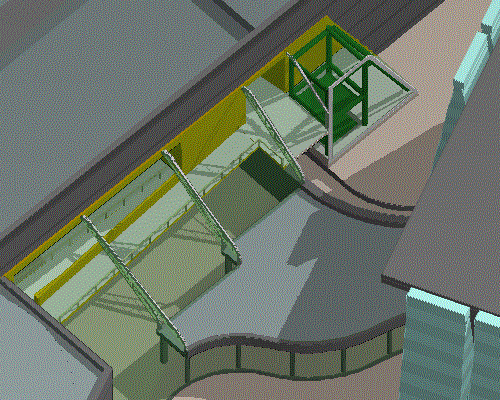
A delicate collage of watercolored paper is lost.
The dirty man with filthy hands points and smudges a detail of the picture .... He is overcome by a savage enthusiasm and smears the painting with saliva.
| |
I now welcomed the decay which begins no sooner than when the work is ended.
Why worry about achieving perfection, purity, when it can never be reached?
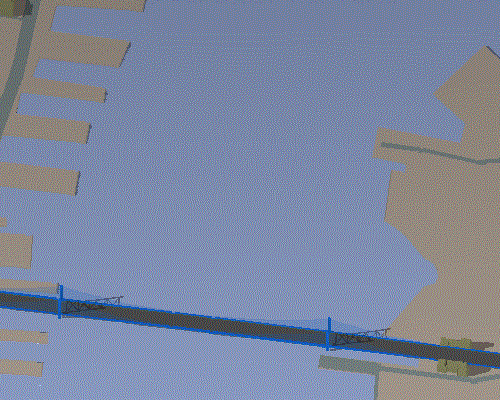
About 1930 pictures of hand torn papers were born ....
But it is the testimony of Arp which makes clear the process that ties together the affirmation of the forms to its own destruction.
The papiers dechirés of Picasso belong to this logic.
As Rudolf Arnheim has accurately observed, "The precocious insistence on minimal forms of the maximum precision (as in the works of Jean Arp, which are for us entirely symtomatic) and in the subsequent manifestation of disorder appearing at opposite points, are in reality symptoms of the very same abandonrnent."
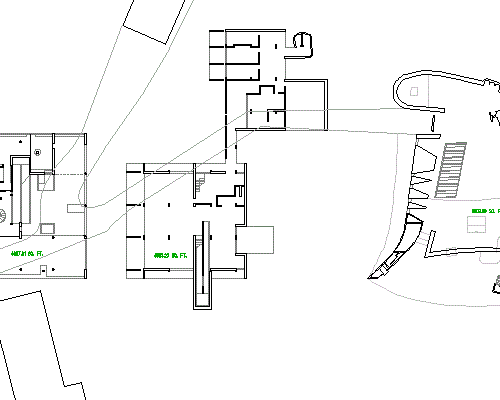
The control of the chaos and of the casual requires this double attitude.
On the one hand we have the manipulation of pure signs as foundations to an architectural constructivism; on the other hand, the acceptance of the indefinite, of dissolution.
| |
Thus we have the form of the informal--as a victory.
This desecrating immersion into chaos .becomes the premise for the existence of a new means, which having absorbed the logic of that chaos is now ready to dominate it from within.
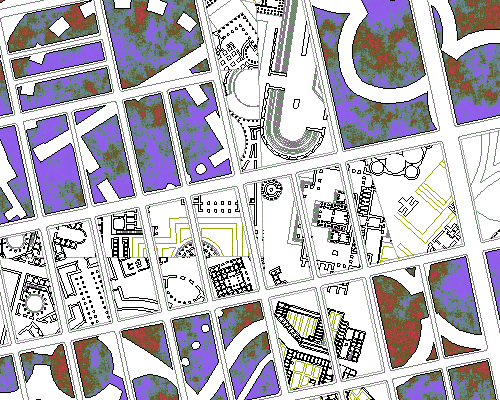
Yet there is a surprising result.
To degrade the materials out of which communication is made by compromising them with the commonplace and forcing them to be mirrored in the anxious swamp of merchandising, thus reducing them to astonished and emptied signs, is the process which leads from the tragic clownings of the Cabaret Voltaire, to the Merzbau of Kurt Schwitters, to the pictures composed by telephone of Lazlo Moholy-Nagy.
But the historic import of such a complementary system goes beyond the specific example.
We have seen this exemplified in the Gallaratese neighborhood in Milan, within which the dialectic between purism and construction is made entirely obvious.
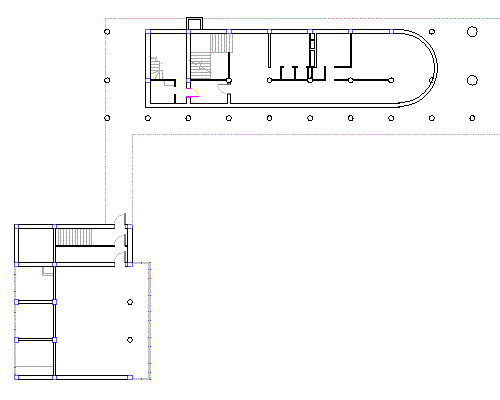
On several occasions we have tried to show that, in the vicissitudes of the historical avant-garde, the alternatives that appear as opposites-order and disorder, laws and change, structure and chaos-are in reality entirely complementary.
We must now move further.
|





